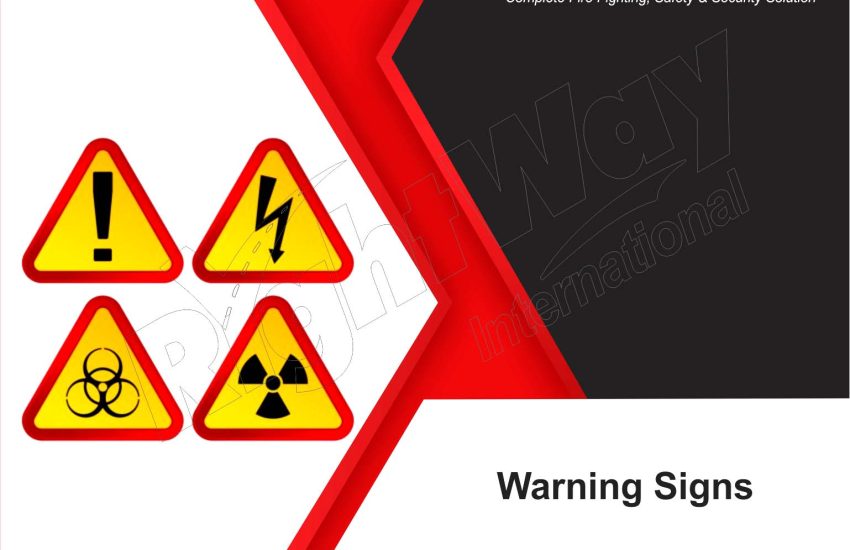Warning Signs in Pakistan In any setting—be it residential, commercial, or industrial—warning signs play a vital role in ensuring safety and preventing accidents. These essential tools communicate crucial information quickly and effectively, helping to protect individuals from potential hazards. This article delves into the importance of warning signs, types available, and best practices for their use.
Importance of Warning Signs
- Prevent Accidents: The primary purpose of warning signs is to alert individuals to potential dangers, thereby reducing the risk of accidents and injuries.
- Compliance with Regulations: Many industries are required by law to display specific warning signs to comply with safety regulations. This not only protects employees but also helps businesses avoid legal issues.
- Clear Communication: Warning signs convey important information in a simple, universally understood format. This ensures that everyone, regardless of language proficiency, can understand the message.
- Enhanced Awareness: Effective warning signs promote safety awareness among employees and the public, encouraging proactive behavior in hazardous situations.
Types of Warning Signs
- Caution Signs: Indicate a potential hazard that may require special precautions. Common examples include “Caution: Wet Floor” and “Caution: High Voltage.”
- Warning Signs: These signs alert individuals to more serious hazards that could result in injury. Examples include “Warning: Toxic Chemicals” and “Warning: Slippery Surface.”
- Danger Signs: Used to indicate an immediate threat that could result in severe injury or death. For instance, “Danger: Do Not Enter” or “Danger: High Radiation Area.”
- Emergency Signs: These guide individuals in emergency situations, such as “Emergency Exit” or “Fire Extinguisher Located Here.”
- Prohibition Signs: Indicate actions that are not allowed, such as “No Smoking” or “No Entry.”
Best Practices for Using Warning Signs
- Visibility: Ensure that warning signs are easily visible and placed at eye level. Use contrasting colors to enhance readability.
- Durability: Select materials that are weather-resistant and suitable for the environment. For outdoor signs, consider UV-resistant materials to prevent fading.
- Standardization: Use standardized symbols and colors that conform to safety regulations. This promotes universal understanding and compliance.
- Regular Maintenance: Regularly inspect and maintain warning signs to ensure they remain clear and legible. Replace any signs that are damaged or faded.
- Training and Awareness: Educate employees and the public about the meaning of warning signs and the importance of adhering to safety protocols.
Conclusion
Warning Signs in Pakistan Warning signs are indispensable tools for promoting safety in various environments. By effectively communicating potential hazards, they help prevent accidents and ensure compliance with safety regulations. Investing in high-quality warning signs and following best practices can significantly enhance safety in your workplace or community.


